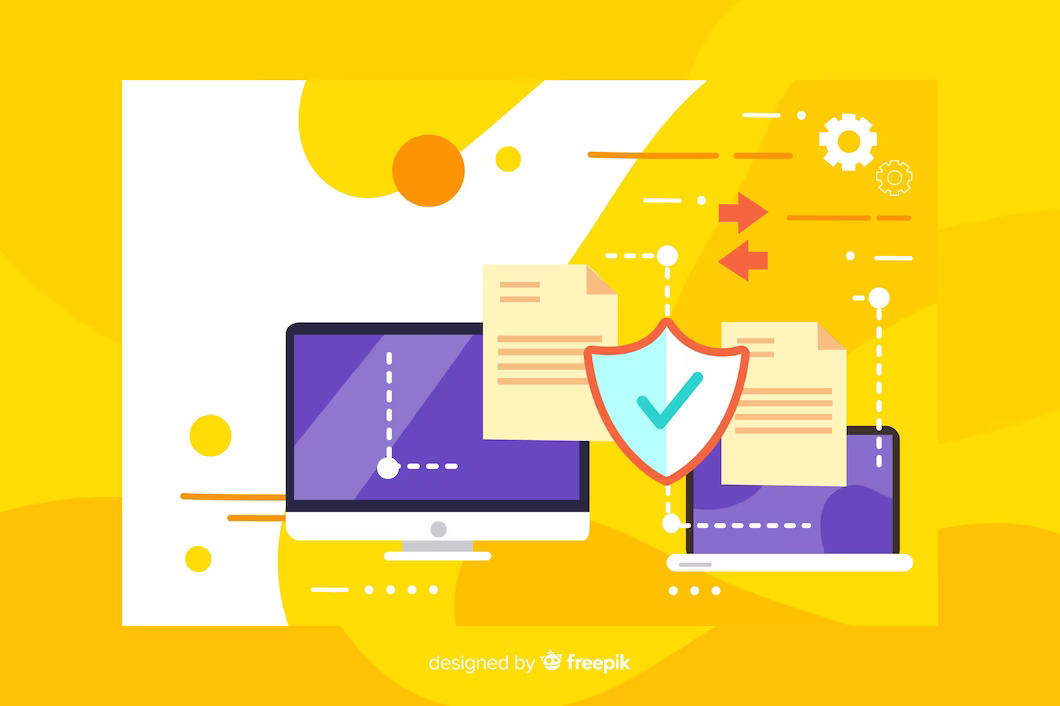Website Security Best Practices
- 1 5 Best Practices for Website Security
- 1.1 Best Practice #1: Regularly Update Your CMS and Plugins
- 1.2 Best Practice #2: Implement Strong Password Policies
- 1.3 Best Practice #3: Conduct Regular Security Audits
- 1.4 Best Practice #4: Use SSL Encryption
- 1.5 Best Practice #5: Employ a Web Application Firewall (WAF)
- 1.6 Protecting Your Web Design and Brand in the Digital Landscape
In today’s digital age, web design and online presence play a pivotal role in establishing your brand, ensuring website security is paramount. When you think about web design, it’s not just about aesthetics; it’s also about protecting your investment and your users’ sensitive data. Cyber threats are on the rise, making it crucial to implement robust security measures.
This post will delve into the five best practices to fortify your website’s security and safeguard your business and users.
5 Best Practices for Website Security

While securing a website, the following best practices are performed:
Best Practice #1: Regularly Update Your CMS and Plugins
Staying on top of updates for your Content Management System (CMS) and plugins is fundamental to web security. Hackers often exploit vulnerabilities in outdated software. Keep your web design in Kitchener up-to-date by installing security patches and updates as soon as they are released. Automate this process to ensure you never miss an update.
Best Practice #2: Implement Strong Password Policies
One simplest yet most effective way to enhance website security is by enforcing strong password policies. Promote the use of intricate passwords that incorporate a combination of letters, digits, and special symbols among your users. Regularly remind them to update their passwords and consider implementing multi-factor authentication (MFA) for additional protection.
Best Practice #3: Conduct Regular Security Audits
Periodic security audits are essential to identify vulnerabilities in your web design. Businesses can benefit from conducting thorough security assessments. Look for weak points in your website’s architecture and address them promptly. Consider hiring a professional cybersecurity expert to perform these audits for a comprehensive evaluation.
Best Practice #4: Use SSL Encryption
SSL (Secure Sockets Layer) encryption is necessary for any website, regardless of size or purpose. It protects data transmission between your site and users and improves your search engine rankings. Ensure your website utilizes SSL certificates to secure connections, especially when handling sensitive information like payment details or personal data.
Best Practice #5: Employ a Web Application Firewall (WAF)
A Web Application Firewall (WAF) acts as a shield against various online threats. It filters out malicious traffic and helps prevent unauthorized access and SQL injection attacks. Look for a reputable WAF service and configure it to align with your website’s needs. Regularly monitor and update its rules to adapt to evolving threats.
Protecting Your Web Design and Brand in the Digital Landscape
In the world of web design, businesses must prioritize website security. Implementing these five best practices can significantly reduce the risk of cyberattacks and protect your brand’s reputation. Remember that safeguarding your website is an ongoing process, and staying vigilant is vital. By regularly updating your CMS, enforcing strong password policies, conducting security audits, using SSL encryption, and employing a Web Application Firewall, you can create a robust defence against potential threats. Secure your digital presence today, and let your web design shine, knowing your visitors are safe.

















